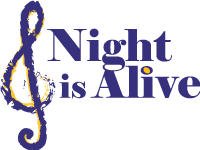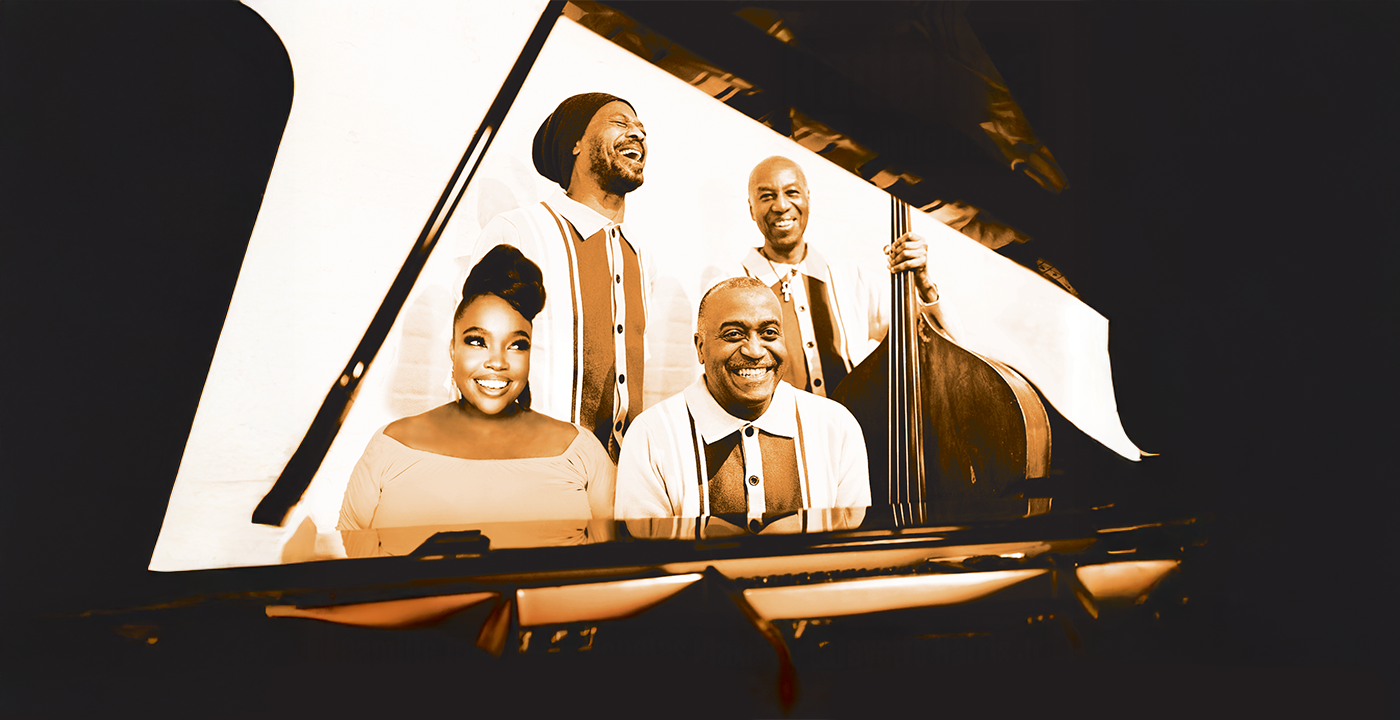Here we wrap up our conversation with the acclaimed David Basse, a living legend in today’s jazz world. Stay tuned for more interviews with your favorite artists!
NiA: Your singing has been compared to Mel Tormé, Jon Hendricks and Al Jarreau. Are these the musicians you look up to the most? Which musicians do you most admire and why?
DB: I think what that comparison speaks to is that I don’t really copy anybody. There’s also another article that compared me to Dr. John. But I really actually patterned myself after Tom Waits for quite a while, and Joe Williams who sang with Count Basie Orchestra. And each time that somebody would say, oh you sound like that guy, and if I was trying to sound like that person, I would try to sound like someone else. I didn’t really start singing, really singing until I was 19, when I came to Kansas City. When I got to Kansas City it was like I had a new life. I could try anything, dress however I wanted to dress, be whoever I wanted to be, so I felt comfortable singing. But I’ve changed a lot over the years and I don’t pattern myself after anyone anymore and I don’t really hear that anymore. I’m just doing what I do.
NiA: Which musicians are you most jazzed to be listening to at the moment?
DB: I like to explore music and I guess that’s why I started doing radio, which was in 1998. Recently, I went to the last two Sarah Vaughan music competitions in Newark, New Jersey. And Tyreke McDole, he won in 2023, and the next winner was April May Webb. In 2023, I picked Tyreke and my wife and I went to dinner and he won, so we went back the next year and I picked April May and she won! I’ve kept in touch with both of them. They’re really great; they’re really saying something with their music. And then there’s a young trombonist, Altin Sencalar, he’s Turkish and Mexican, and he’s a terrific trombonist. So those are my three favorite people right now in jazz. And it’s not like my opinion means anything, it’s just something I like. I’m not listening to any particular kind of jazz–I just love music. So, on my radio show we play a wide range–blues, smooth jazz, classic jazz, whatever it is, I make a case for it.
NiA: Could you talk a bit about your transition from performing to the radio?
DB: I don’t really make a differentiation–in both, I play the music I want to play. As I’ve gotten older I want to play my original music more and play less of the standards and things I used to play although I do play a lot of those songs because people want to hear them and they come into my head. With radio, I try to make it like a symphony, so there’s the first movement of the symphony and then it has to lead into the next movement. Even if I’m going to talk in between the songs and explain things–which I don’t always do–I want the key, the tempo, and the feel of the music to bleed into the next piece of music. So curating the jazz for the radio is the most fun and the most challenging; it takes the most time.
NiA: Could you talk about how exactly you decide which songs to play on the radio? What is the selection process?
DB: Record companies and artists work with radio promoters and they send an awful lot of music. I get maybe 30 or 40 CDs a month and 10-20 downloads a day from various places and artists from all over the world. So, I’m able to have a good amount of music and it’s really run me out of a couple studios so far and I’m currently looking for a place to house my collection of recordings–my albums and CDs, drives with shows. I’ve done about 8,000 hours of jazz at this point, and I was involved in a syndicated radio show before this for a decade and that show is no longer–it’s housed in a library now–it’s no longer on the air. That’s a lot of music! And I pick a Top 10 every year. You can look on my website from 2015 to 2023 to see the Top 10s. So if you think of all the albums, I’m distilling them down to 10 top songs of 10 top albums. I’ve been curating 15 hours of jazz per week and there’s 9-10 songs in an hour–that’s 150 albums a week! And I put a post-in note in every CD or album that says when I played it and the track that I played. The only way that the album can be in the Top 10 is if I play every track in the album and so at the end of the year I have a tabletop full of stacks of CDs and I start to rethink and play those great songs again. Then I can say over the air that this is one of my Top 10 picks for the year.
NiA: What do you think about NiA’s music?
DB: Well as someone who has had their own record label for quite a while, I think it’s a good endeavour. I think she’s doing good things with it. I think she’s making nice, really good albums with influential musicians. You know, it’s a hard thing to do. It’s a labor of love and a lot of jazz labels don’t last for a long, long time. But she has some very good music, so…it’ll probably be something very special as time goes on.
Since I’m a radio person, I receive stacks of CDs from everywhere, and downloads come in all the time, so there’s a lot of competition. But she has a style that’s specific and it’s a wide genre, it’s not just jazz, it’s Night is Alive! The way that she puts these albums together is very personal, so I usually play all the songs, which is my criteria for a good album.
NiA: Yeah, I know what you mean. With a really good album you listen to every single song, no skips.
DB: Yeah, sometimes there’s just one good song, and sometimes there’s no good song. And it depends on a lot of aspects, and it’s really hard. I’m making my own recording right now and sometimes I really like it, and other times, I’m like “am I doing the right thing? Is this going to be successful in any way?” It has to be something that you really choose to do, and that seems like what Kathy does–she really chooses what she wants it to sound like, which I think is the best course of action.
NiA: Which Night is Alive album of ours is your favorite?
DB: Call Me Irresponsible is my favorite because it really captures an excellent singer in the beginning of her career, and it’s off-handed in a way. I love John Di Martino–the pianist–too. He was the director of the band. But I remember all the albums as joyful to open up. They always come in the mail and I like everything about them. I like the way Kathy presents the albums, so I always play them.
Learn more about David Basse at davidbasse.com
written by Jacqueline Knirnschild
photo from facebook.com/davidbassejazz/








